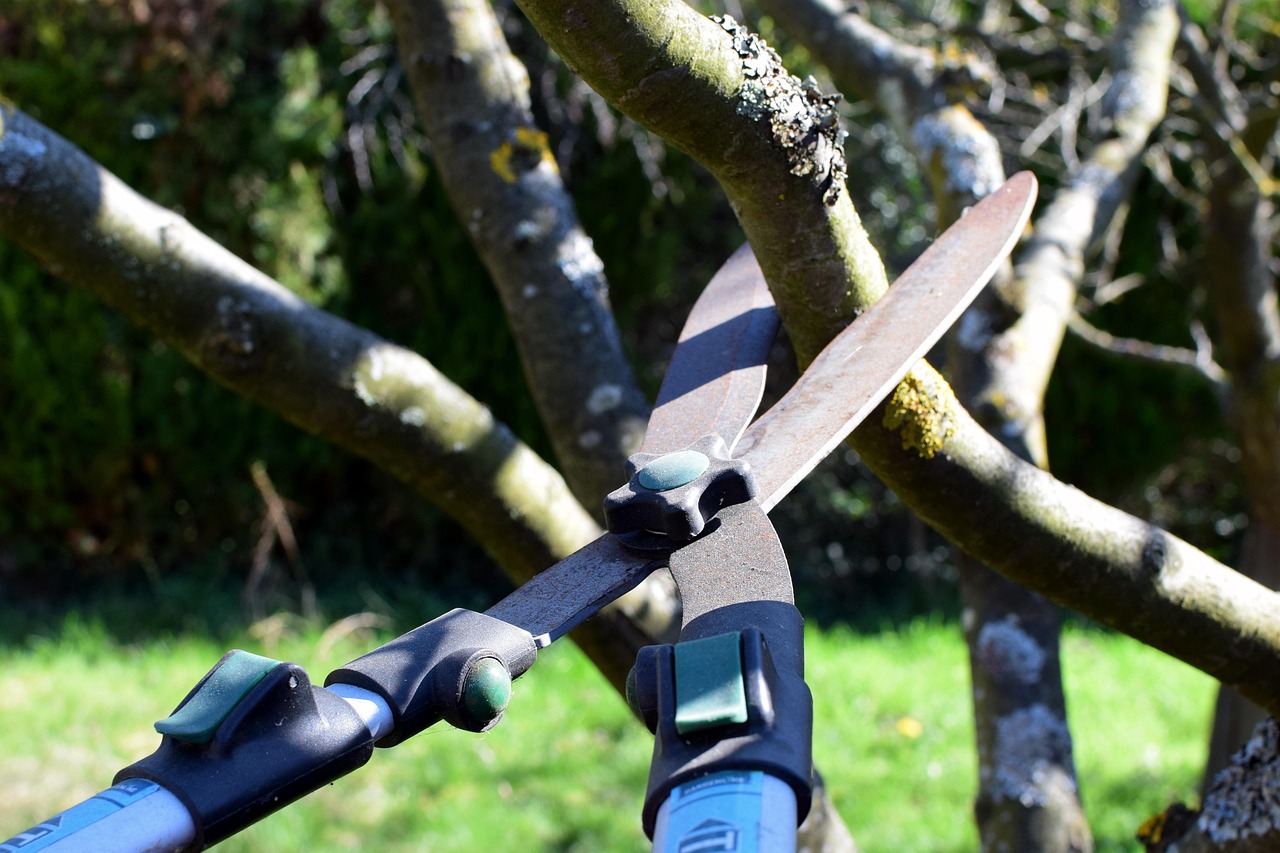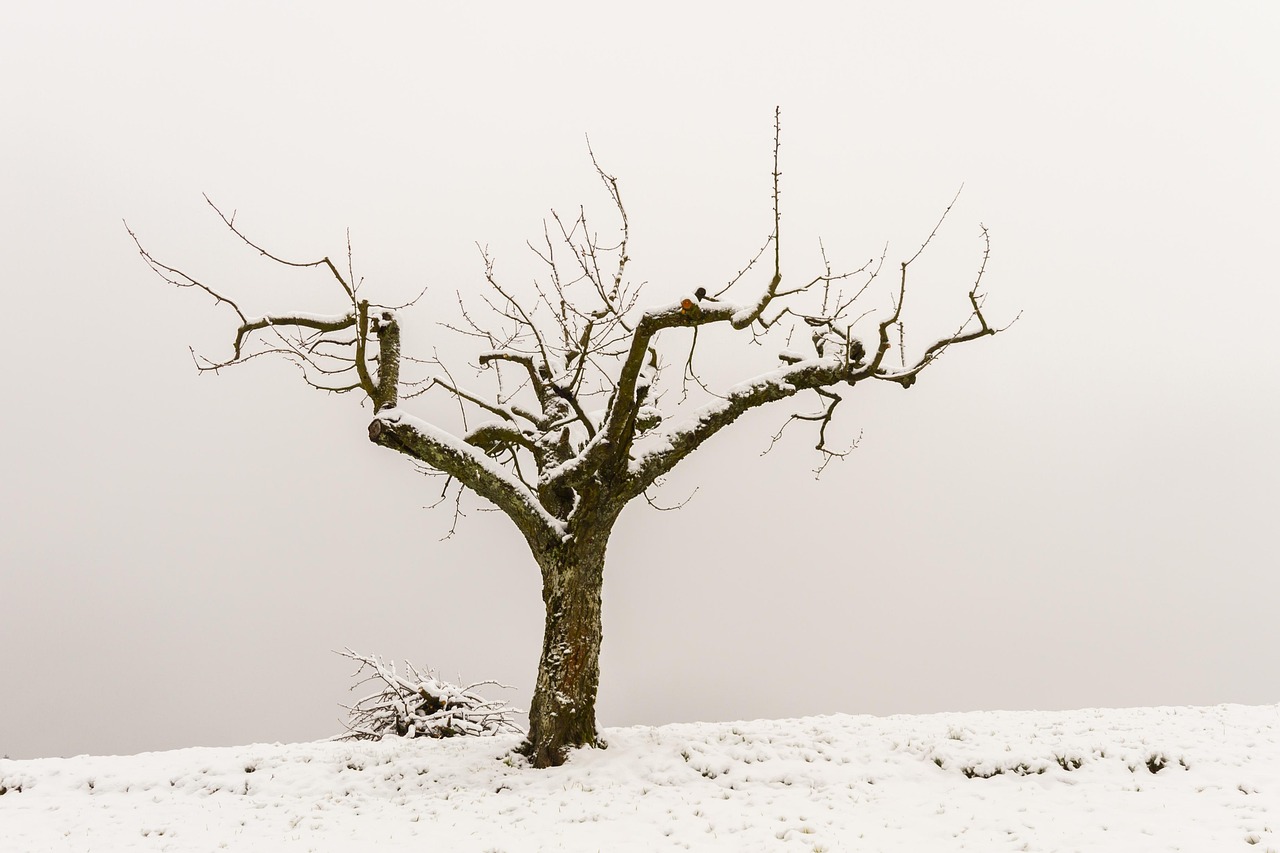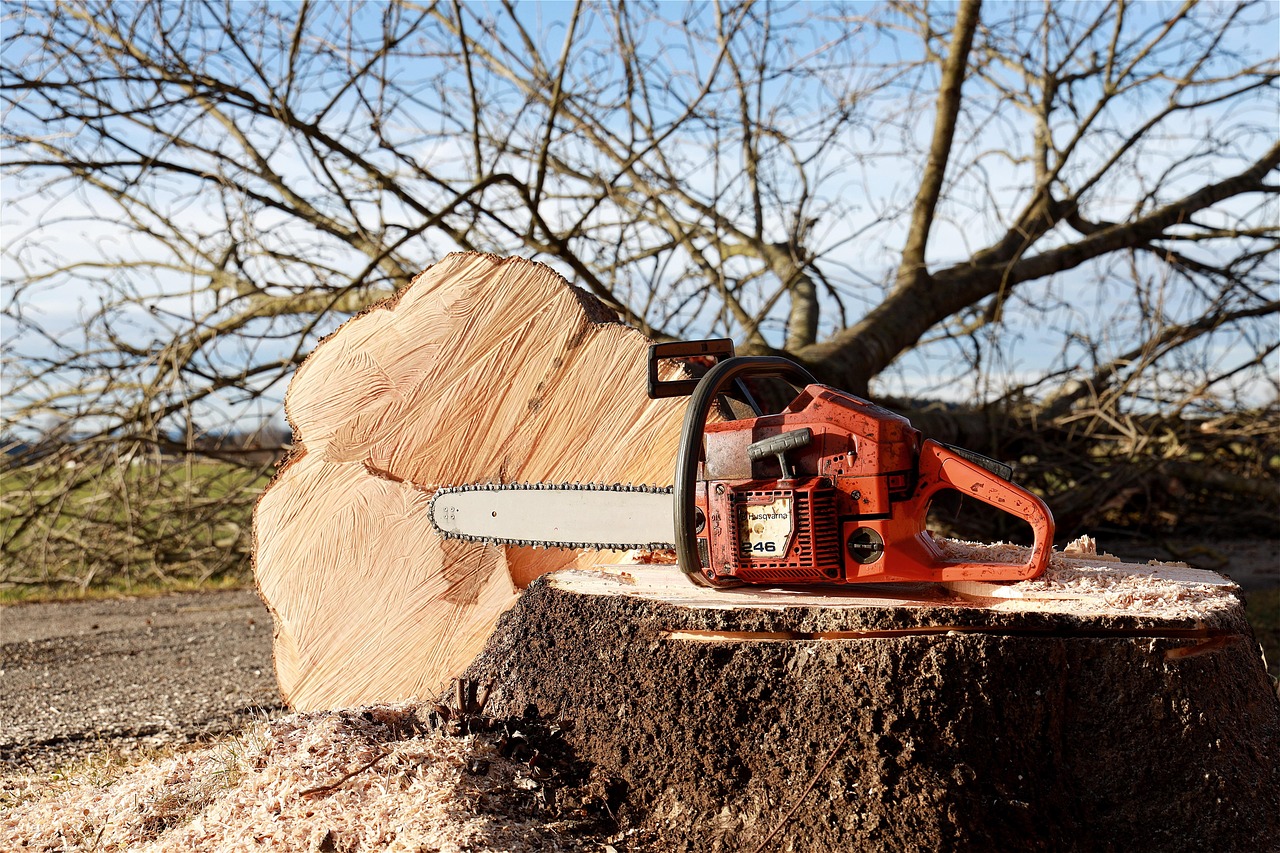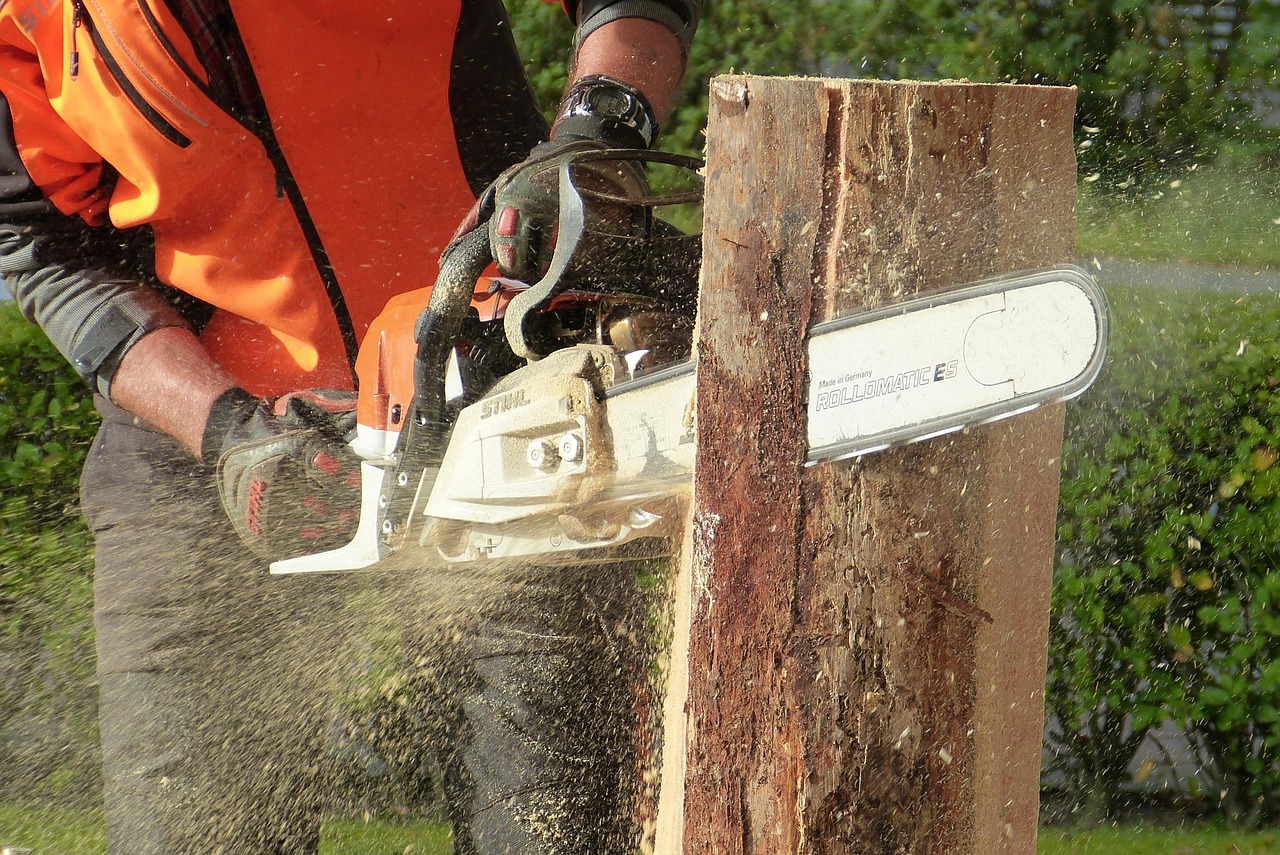Common tree pruning issues include improper timing, inadequate techniques, and lack of knowledge about tree species. Solutions involve learning the right methods, understanding the growth patterns of trees, and utilizing appropriate tools to promote healthy growth.
Tree pruning is a crucial aspect of landscape maintenance. Healthy trees enhance property value, provide shade, and contribute to environmental wellness. However, many homeowners and gardeners face challenges when it comes to pruning their trees effectively. Understanding these common issues can lead to better practices and healthier trees.

One of the main problems people encounter is the lack of knowledge regarding the correct timing for pruning. Trees have specific growth cycles, and pruning at the wrong time can lead to stress or damage. For instance, many deciduous trees should be pruned in late winter or early spring before new growth begins. Conversely, flowering trees may require pruning immediately after they bloom to avoid removing next year’s blossoms.
Another common issue is using improper techniques. Many individuals tend to make incorrect cuts that can harm the tree. It is essential to know where and how to cut branches to prevent issues like disease entry or unwanted growth patterns. A clean cut made at the correct angle can promote healing and minimize damage.
Inadequate tools are another hurdle that can affect pruning efforts. Using dull or unsuitable tools can lead to jagged cuts that may not heal properly. It’s important to utilize sharp, clean tools designed for tree work. This not only helps in making better cuts but also reduces the risk of spreading diseases.

Common Tree Pruning Issues
Below are some of the most frequently encountered issues in tree pruning:
- Timing Errors: Pruning at the wrong time can negatively impact tree health.
- Poor Cutting Techniques: Incorrect cuts can lead to long-term damage.
- Inadequate Tool Maintenance: Dull tools can create rough cuts that may not heal well.
- Lack of Species Knowledge: Different species have different needs and responses to pruning.
- Neglecting Safety Precautions: Not following safety measures can result in accidents.
Addressing these issues requires understanding each factor’s implications and implementing proper practices. For example, timing is critical because it aligns with the tree’s natural growth cycle. Many trees begin their growth phase in spring, making it vital to prune just before this period begins.
Poor cutting techniques often stem from a lack of experience or training. It is essential to learn the correct methods for making cuts. This includes knowing how to identify the branch collar, which is crucial for effective healing after a cut.

Solutions for Effective Tree Pruning
To overcome common tree pruning issues, consider these solutions:
- Educate Yourself: Take time to learn about the specific needs of the tree species you are working with.
- Understand Growth Cycles: Familiarize yourself with when to prune different types of trees.
- Use Proper Tools: Invest in high-quality pruning tools and maintain them regularly.
- Practice Safe Techniques: Always wear appropriate safety gear while pruning.
- Consult Professionals: If unsure, consider hiring a certified arborist for guidance.
Education plays a vital role in successful tree pruning. Numerous resources are available online and in local libraries, including books and instructional videos. Understanding your specific trees ensures that you apply the right techniques tailored to their unique needs.
Maintaining your tools is just as important as learning how to use them. Regularly sharpening blades and cleaning tools helps prevent disease transfer between trees. Additionally, using the right tool for each task can improve efficiency and reduce fatigue during pruning sessions.

Finally, if you find yourself overwhelmed by tree care tasks or unsure about specific methods, do not hesitate to reach out to professionals. Certified arborists can offer valuable advice and services that ensure your trees remain healthy and vibrant.
By addressing these common issues and implementing effective solutions, you can significantly improve your tree pruning skills and contribute positively to your landscape’s health and appearance.
Understanding Tree Growth Patterns
A fundamental aspect of successful tree pruning is understanding tree growth patterns. Each tree species has unique characteristics that influence how and when it should be pruned. Recognizing these patterns will not only enhance the health of your trees but also ensure that they maintain their aesthetic appeal.
Tree growth can be categorized into two primary types: apical growth and lateral growth. Apical growth refers to the upward growth of the main stem or leader, while lateral growth pertains to the development of branches that extend outward from the main stem.
Apical vs. Lateral Growth
Understanding the difference between these growth types helps in determining the best pruning strategies:
- Apical Growth: This type of growth typically occurs in young trees. Pruning during this stage often focuses on shaping the tree and encouraging a strong central leader. Over-pruning can lead to weak branch structures.
- Lateral Growth: As trees mature, lateral growth becomes more prominent. Pruning in this phase can help manage the tree’s width, improve air circulation, and reduce risk of disease.
Key Factors Influencing Pruning
Several factors influence how trees respond to pruning. Understanding these factors can help you make informed decisions for your pruning strategy:
| Factor | Description |
|---|---|
| Tree Species | Different species have varying responses to pruning, impacting timing and technique. |
| Aging | Younger trees often require different care compared to established trees. |
| Health Status | A diseased or damaged tree may need special attention during pruning. |
| Environmental Conditions | Factors such as weather and soil conditions can affect tree growth and recovery after pruning. |
By taking these factors into account, you can create a tailored pruning plan that aligns with the specific needs of your trees.
Common Mistakes in Tree Pruning
Even with a good understanding of tree growth and care, mistakes can still happen. Here are some common pruning mistakes to avoid:
- Over-Pruning: Removing too many branches at once can stress the tree, making it vulnerable to pests and diseases.
- Incorrect Cuts: Failing to cut at the right angle or removing the branch collar can hinder healing.
- Poor Timing: Pruning at the wrong time of year can lead to sap loss or premature budding.
- Lack of Planning: Not having a clear goal for what you want to achieve with pruning can lead to haphazard cuts.
Avoiding these mistakes requires careful planning and execution. Always assess the tree before beginning any pruning work. Consider what you wish to achieve, whether it’s shaping the tree, improving its health, or increasing sunlight exposure.
Tools for Successful Pruning
Selecting the right tools is essential for effective tree pruning. Using appropriate tools not only makes the job easier but also promotes better outcomes for your trees. Here are some essential tools you should consider:
- Hand Pruners: Ideal for small branches, hand pruners allow for precise cuts and easy handling.
- Loppers: These are useful for cutting thicker branches that are beyond the capacity of hand pruners.
- Saws: For larger limbs, a pruning saw or a chainsaw may be necessary. Ensure they are sharp and well-maintained.
- Pole Pruner: This tool is helpful for reaching high branches without the need for a ladder.
- Safety Gear: Always wear gloves, goggles, and a hard hat when pruning to protect yourself from falling debris.
Caring for your tools is equally important. Regular cleaning and sharpening ensure they function effectively and reduce the risk of injury while working on your trees.
The Role of Seasonal Changes
The changing seasons significantly affect tree health and growth patterns. Understanding these changes can help you adjust your pruning techniques accordingly.
In spring, many trees begin their active growth phase. This is a critical time for pruning certain species to promote healthy growth. Summer is often a period for maintenance pruning, where you may remove any dead or diseased branches. In fall, as trees prepare for winter dormancy, it is generally best to avoid heavy pruning as this can stress them.
Winter can be an excellent time for pruning many deciduous trees since they are dormant. Pruning during this time minimizes sap loss and allows for better visibility of the tree structure.
Recognizing these seasonal patterns helps ensure that your tree receives appropriate care throughout the year, promoting strong health and longevity.
Pruning Techniques for Different Tree Types
Different tree species require unique pruning techniques to promote health and growth. Understanding the specific needs of each type of tree can enhance your pruning effectiveness. Below are some common tree categories and the best practices for pruning them.
Deciduous Trees
Deciduous trees, which shed their leaves annually, benefit from pruning during their dormant season. This is typically in late winter or early spring before new growth begins.
- Timing: Prune in late winter to early spring.
- Techniques: Focus on removing dead or crossing branches to improve air circulation.
- Aim: Encourage a strong central leader and maintain an open canopy.
Evergreen Trees
Evergreen trees retain their foliage throughout the year. Pruning should be approached differently than with deciduous trees.
- Timing: Late spring to early summer is ideal for most evergreens.
- Techniques: Light trimming is recommended. Avoid heavy pruning as it can lead to bare spots.
- Aim: Maintain the natural shape while promoting healthy growth.
Flowering Trees
Flowering trees exhibit various growth patterns depending on the species. Timing is crucial for effective pruning.
- Timing: Prune after blooming for those that flower on old wood, and before blooming for those that flower on new wood.
- Techniques: Remove spent flowers to promote more blooms and enhance overall structure.
- Aim: Shape the tree while encouraging a healthy flowering cycle.
The Importance of Proper Cuts
The type of cut you make during pruning significantly affects the tree’s ability to heal and thrive. Understanding different cuts can help you make informed decisions when pruning your trees.
Types of Cuts
Here are some essential types of cuts you should know:
- Heading Cuts: These involve cutting back a limb to a bud or branch. This technique encourages bushier growth and is often used on shrubs and young trees.
- Thinning Cuts: Thinning removes entire branches back to their point of origin. This method improves light penetration and air circulation within the tree.
- Reduction Cuts: These are made to shorten a branch while maintaining its structure. This technique is helpful for managing the height of a tree without compromising its shape.
- Cleaning Cuts: This involves removing dead, damaged, or diseased branches. It is essential for maintaining tree health and preventing disease spread.
Making the right cuts can prevent issues such as bark tearing and promote quicker healing. Always aim to cut at a slight angle to allow water runoff and reduce the risk of rot.
Pest and Disease Considerations
Pest infestations and diseases can complicate tree pruning efforts. Recognizing signs of trouble can help you take appropriate action during your pruning routine.
Common Tree Pests
Several pests can affect tree health, including:
- Aphids: These small insects suck sap from trees, leading to weakened growth.
- Spider Mites: Often found on conifers, they create webbing and cause leaf discoloration.
- Borers: These pests tunnel through the wood, causing structural damage and potentially killing branches.
Disease Symptoms
Diseases can manifest in various ways, such as:
- Discoloration: Yellowing or browning leaves may indicate stress or disease.
- Cankers: These are sunken areas on branches that can indicate fungal infections.
- Mushrooms or Fungi: The presence of these organisms may suggest decay or root rot.
If you notice signs of pests or diseases, it is crucial to address them promptly. Pruning infected branches can help contain the issue, but consider consulting with a professional arborist for more severe infestations or diseases.
Post-Pruning Care
After pruning, providing proper care is essential for helping your trees recover and thrive. Here are some key practices to follow:
- Watering: Ensure your trees receive adequate water, especially during dry periods.
- Nourishment: Apply a balanced fertilizer to support new growth, particularly after heavy pruning.
- Pest Monitoring: Keep an eye out for any signs of pest activity following your pruning efforts.
Caring for your trees post-pruning will help them heal efficiently and promote new growth, ensuring your landscape remains healthy and vibrant.
By implementing these techniques and understanding the nuances of tree care, you can enhance your pruning skills and contribute positively to the overall health of your trees.
Continuing to care for your trees after pruning is essential for their recovery and long-term health. In addition to watering, nourishment, and pest monitoring, there are other practices that can support your trees as they heal. These practices include mulching, observing growth patterns, and ensuring proper drainage.
Additional Post-Pruning Practices
Implementing these additional care tips can further enhance the resilience of your trees:
- Mulching: Apply a layer of mulch around the base of the tree. This helps retain moisture, suppresses weeds, and regulates soil temperature.
- Observing Growth Patterns: Monitor the tree’s growth after pruning. Look for signs of new growth and ensure that it is healthy.
- Proper Drainage: Check that water drains away from the tree’s roots. Poor drainage can lead to root rot and other issues.
It is also beneficial to keep a journal or log of your pruning activities. Documenting when and how you pruned, along with any observations about tree health, can help you make informed decisions in the future. Over time, this could guide your pruning schedule and techniques based on observed results.
The Role of Professional Help
While many homeowners can successfully prune their trees, there are situations when it is best to hire a professional arborist. Certain trees may require specialized knowledge or skills that go beyond basic pruning techniques.
- Large Trees: If a tree is particularly tall or large, attempting to prune it without professional help can be dangerous.
- Disease Management: Trees showing severe disease symptoms may require diagnosis and treatment beyond simple pruning.
- Complex Structures: Some trees have complex branching structures that need expert assessment to avoid damaging the tree.
- Legal Restrictions: Be aware of any local regulations regarding tree trimming on public property or in certain neighborhoods.
Consulting with a certified arborist can provide peace of mind. They can assess the tree’s health, recommend appropriate actions, and execute them safely and effectively.
Final Thoughts
Tree pruning is an essential practice that promotes the health and beauty of your landscape. By understanding common issues and solutions related to tree pruning, you can enhance your skills and foster a thriving environment for your trees. The key takeaways include:
- Know Your Trees: Learning about the specific needs of different tree species will guide your pruning efforts.
- Use Proper Techniques: Employing the right cutting techniques is crucial for minimizing damage and promoting recovery.
- Monitor Health: Regularly checking on your trees after pruning helps catch any issues early.
- Seek Professional Help When Needed: Recognizing when to consult an expert can save time and resources while ensuring the best care for your trees.
By integrating these principles into your gardening practices, you will not only improve your trees’ aesthetics but also contribute to their overall vitality. A well-pruned tree can provide shade, beauty, and environmental benefits for many years to come. Embrace the art of pruning as an ongoing learning experience that enhances both your skills and the health of your landscape.
As you continue your journey in tree care, remember that each pruning session is an opportunity to learn and refine your techniques. With patience and practice, you will cultivate a lush and vibrant environment that showcases the beauty of nature.
